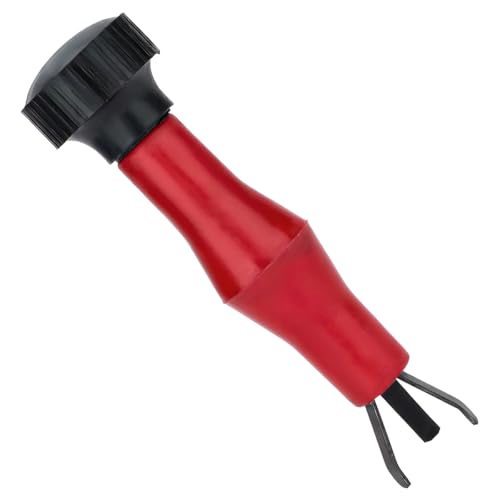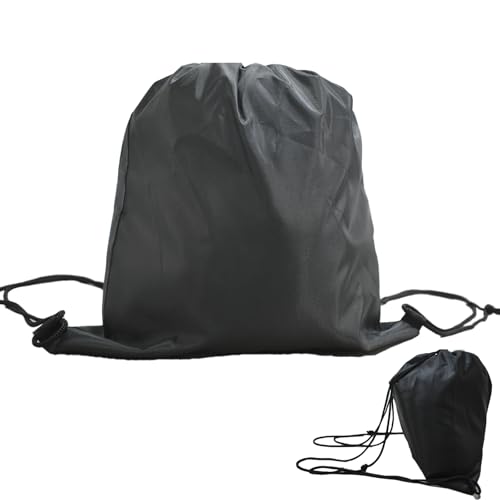Warchild
Benevolent Dictator
1) Mounting system must be attached to the bike frame.Purely out of curiosity, what reasons would it fail IBA tech?
2) No anti-slosh mechanism in place (that I can tell, anyway).
3) No static grounding wire (from cell body, to the frame of the bike)
4) It is over volume capacity limits. Maximum allowable capacity, including fuel lines, filters, pumps, etc, can not exceed 11.5 gallons, combined.
Mine you, this is IBR Tech requirements, vice IBA. It's an important distinction. There are no hard/fast fuel cell requirements for typical IBA rides (SaddleSore, BunBurner, etc), but there is for the 11-day Iron Butt Rally.
This setup would also not pass most mainstream Endurance Rallies held every year... Utah 1088, Cal 24, etc.
But for everyday touring and other non-competitive rides/events, it's cool.

































































